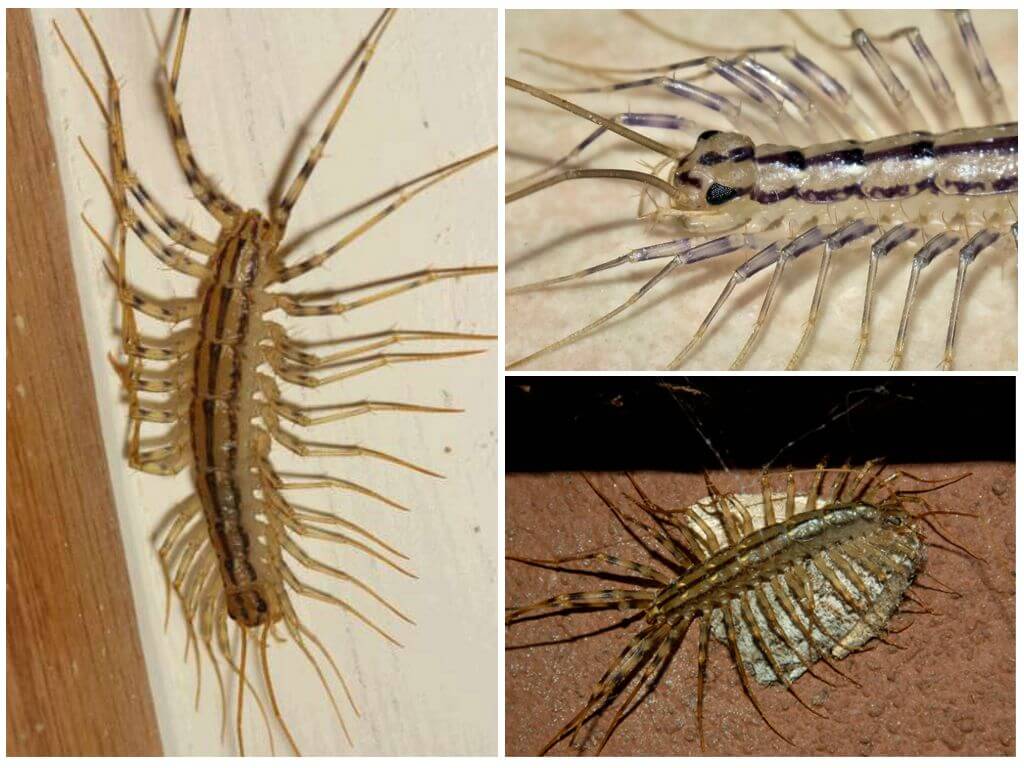How many legs have a centipede
Centipede - a fairly well-known creature, largely due to its unusual appearance, namely, a large number of legs. It belongs to arthropods, a class of millipedes, which confirms its interesting body structure from numerous segments. The name of the creature is not related to how many legs have a centipede, but it definitely indicates their unusually large number.
Centipede Body Structure
The body consists of many parts, each of which has its own meaning:
- head with bristle-shaped antennas located on it, eyes and oral organs, representing the upper and lower jaws;
- the first pair of limbs is often represented as additional maxillary jaws with the presence of poisonous glands for food processing;
- the next few segments, most often three, form the chest of a centipede, each of which contains up to two pairs of legs;
- the main body of an invertebrate may consist of a large number of parts and the corresponding number of legs;
- The tail end, on which several pairs of paws are also located, completes the awesome appearance.
Limbs can be located almost on the sides or on the lower abdomen. Each leg consists of several segments, usually only 6 or 7. At the tip of each paw is a pointed claw, with which this representative of invertebrates is able to move along any steep surfaces with great speed.
Interesting!
Some arthropods are able to cover a distance of 40 cm in 1-2 seconds.
Species diversity
There are about 12,000 species of centipedes. The number of legs in the centipede varies greatly depending on:
- invertebrate species;
- sizes;
- sex;
- habitat.
Most often the number of pairs of paws of arthropods ranges from 10 to 173.The champion in the number of legs is the black African kivsyak - there are about 400 of them.
Interesting!
In 2005, a scientist-zoologist accidentally discovered a representative of the species of centipedes, already considered an extinct species for many years, with 750 legs. Its size was 33 cm in length.
The number of limbs is directly related to the size and length of the body. Some giants reach 35 cm in length and have many legs. Within the limits of one species of these invertebrates, it is possible to meet individuals with different numbers of paws. Females usually have paws 2-3 times more than males.






